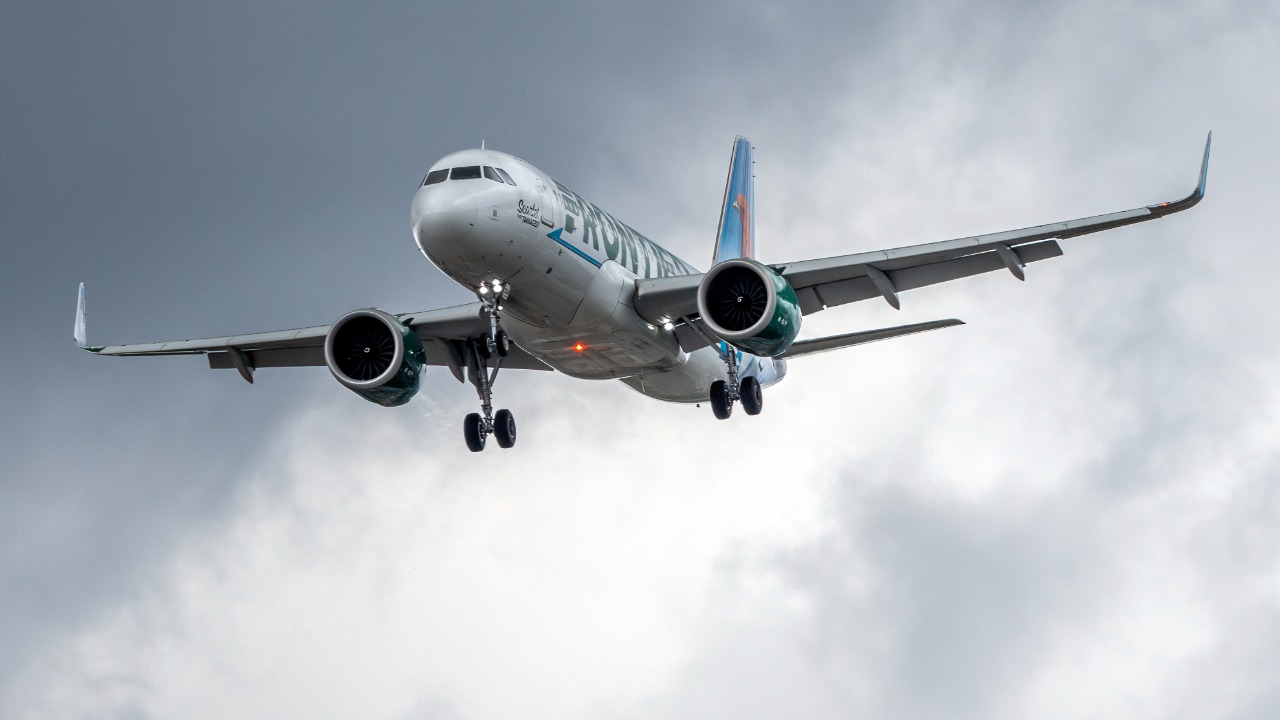
In a surprising development in the aviation industry, nearly new Airbus A320neo family aircraft, including the A321neo model, are being prematurely scrapped to harvest their high-value jet engines. This trend, emerging from mid-2025, underscores the surging demand for these engines amid supply chain disruptions, with operators opting to dismantle planes that have barely left the factory floor.
The Surge in Jet Engine Demand
Economic factors are driving the value of jet engines sky-high. Global supply shortages for models like those on the A320neo have created a sellers’ market, with nearly new units from scrapped planes fetching premium prices. The delays in new production lines have made these engines a hot commodity, with airlines prioritizing engine extraction over full aircraft utilization.
Recent scrapping trends provide evidence of this shift in priorities. The high resale prices of these engines have made them more valuable than the planes they power, leading to the early scrapping of nearly new aircraft.
Early Scrapping of Airbus A320neo Aircraft
The A321neo serves as a prime example of this trend. These planes are entering storage and then scrapping yards within months of service. This is happening at facilities in the US and Europe, where Airbus jets are broken down for parts.
Operational inefficiencies and lease returns play a significant role in why these new A320neo family aircraft are scrapped so early. The high value of the engines and the cost of maintaining the aircraft make scrapping a financially viable option for operators.
Role of Supply Chain Disruptions
Post-pandemic backlogs at engine manufacturers like Pratt & Whitney and CFM International have led to grounded fleets. This has made harvested engines a quick fix for airlines needing to keep their operations running. Since 2023, dozens of A320neo variants have been sidelined due to engine issues, forcing owners to scrap airframes to access valuable jet engines.
These disruptions, reported in late 2025, have reshaped the aircraft lifecycle economics. The demand for engines has become so high that owners are willing to scrap nearly new Airbus planes to get them.
Economic Incentives for Part Harvesting
The cost-benefit analysis for operators supports this trend. Scrapping a plane costing $100 million can yield engines worth up to 50% of that value individually. Lease structures also encourage early termination, with lessors like Avolon or SMBC Aviation Capital initiating breakdowns.
The resale market for these engines has become a viable revenue stream for operators. As new Airbus jets are scrapped for parts, the harvested engines are sold at a premium, offsetting the cost of scrapping the aircraft.
Industry-Wide Impacts and Responses
This trend has significant effects on airlines. Reduced fleet availability and higher operating costs are among the challenges faced by carriers like Delta and IndiGo due to engine shortages. Regulatory bodies like the FAA are also scrutinizing scrapping practices for safety and sustainability.
Aviation experts predict long-term shifts in the industry due to this trend. The early scrapping of nearly new planes is reshaping aircraft lifecycle economics, with the value of engines outweighing the value of the aircraft they power.
Future Outlook for Aircraft Lifecycle Management
Looking ahead, the trend of increased part salvaging is expected to continue as new deliveries lag into 2026. Innovations like modular designs are being considered to mitigate the need for scrapping. These adaptations could change the way aircraft are built and maintained, reducing the need for early scrapping.
Reports on A321neo storage and scrapping illustrate these evolving strategies. As the aviation industry continues to adapt to these challenges, the lifecycle of aircraft and the value of their components will continue to be a focus of attention.
More from MorningOverview